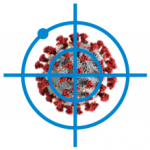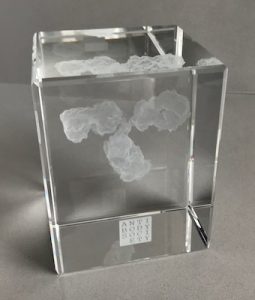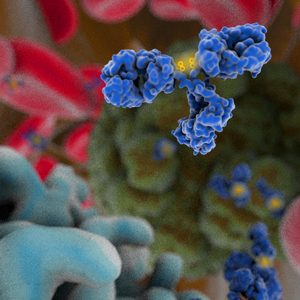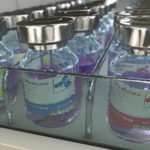 On August 12, 2020, Cytodyn requested that the Food and Drug Administration grant an Emergency Use Authorization for leronlimab for mild to moderate COVID-19 based on data from the Phase 2 CD10 study (NCT04343651). In this study, patients were randomized to receive weekly doses of 700 mg leronlimab or placebo, both of which were administered via subcutaneous injection. Top-level results of the study showed that, in patients with Total Clinical Symptom Scores of ≥ 4 at baseline (higher scores equate to poorer health state), at Day 3, more subjects treated with leronlimab reported improvement in total clinical symptom score compared to the placebo group (90% on leronlimab arm vs. 71% on placebo). The EUA request was disclosed in an investment community conference call that will be available until September 12, 2020.
On August 12, 2020, Cytodyn requested that the Food and Drug Administration grant an Emergency Use Authorization for leronlimab for mild to moderate COVID-19 based on data from the Phase 2 CD10 study (NCT04343651). In this study, patients were randomized to receive weekly doses of 700 mg leronlimab or placebo, both of which were administered via subcutaneous injection. Top-level results of the study showed that, in patients with Total Clinical Symptom Scores of ≥ 4 at baseline (higher scores equate to poorer health state), at Day 3, more subjects treated with leronlimab reported improvement in total clinical symptom score compared to the placebo group (90% on leronlimab arm vs. 71% on placebo). The EUA request was disclosed in an investment community conference call that will be available until September 12, 2020.
- Leronlimab is a humanized IgG4 antibody targeting C-C chemokine receptor type 5.




